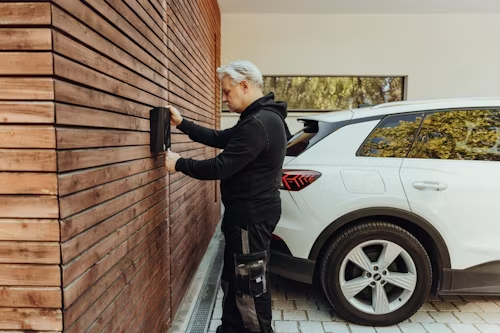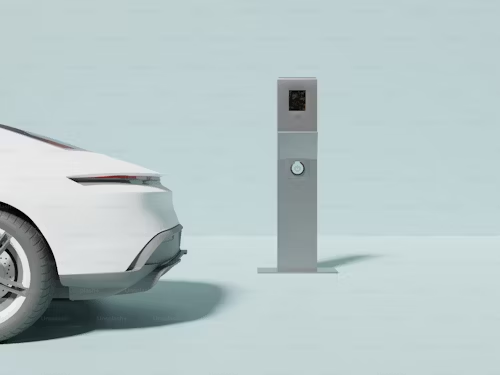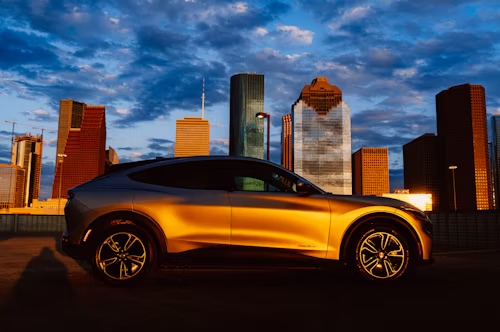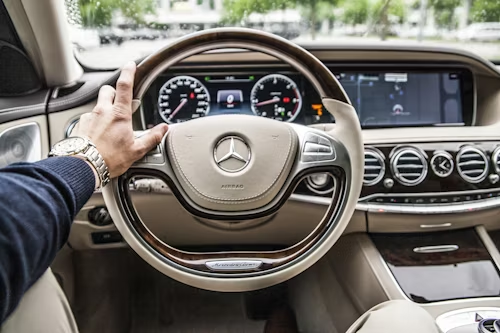The Future of Driving: Embracing Green Car Technology and Zero-Emissions Transportation

As the world gravitates towards sustainability, the automotive industry is undergoing a significant transformation, highlighted by the rise of green car technology and zero-emissions transportation. This shift is not just about adopting new technologies but represents a broader commitment to environmental stewardship and technological innovation. In this blog post, we'll explore the latest advancements in green car technology, the benefits and challenges of zero-emissions transportation, and how smart car retrofitting can bridge the gap between old and new vehicle technology.
Understanding Green Car Technology
Green car technology encompasses a wide range of innovations designed to reduce the environmental impact of vehicles. Most commonly, this involves lowering emissions and increasing fuel efficiency. Green vehicles are often powered by alternative fuels and advanced vehicle technologies, including hybrid electric vehicles (HEVs), plug-in hybrid electric vehicles (PHEVs), and all-electric vehicles (EVs).
- Hybrid Electric Vehicles (HEVs): Combine an internal combustion engine with an electric motor, which helps reduce fuel consumption and emissions.
- Plug-in Hybrid Electric Vehicles (PHEVs): Similar to HEVs but with larger batteries that can be charged by plugging into an external source of electric power.
- All-Electric Vehicles (EVs): Use a battery to store the electrical energy that powers the motor. EVs emit no tailpipe pollutants, although the power plant producing the electricity may emit them.
Green car technology also includes the development of alternative fuels like hydrogen or biofuels, which can significantly decrease the carbon footprint of vehicles traditionally powered by gasoline or diesel.
The Rise of Zero-Emissions Transportation
Zero-emissions transportation is becoming increasingly essential not only for environmental reasons but also for economic and health-related benefits. Vehicles classified under zero-emissions transportation operate without releasing pollutants typically emitted from conventional vehicles, such as carbon dioxide (CO2), nitrogen oxides (NOx), and particulate matter (PM).
Electric vehicles (EVs) are at the forefront of this movement. They offer a cleaner alternative to fossil fuel-driven cars, as they produce no direct exhaust emissions. The widespread adoption of EVs can significantly reduce greenhouse gas emissions, particularly if the electricity used to charge them is sourced from renewable energy.
Another promising area in zero-emissions transportation is the development of hydrogen fuel cell vehicles (FCVs). These vehicles convert hydrogen gas into electricity, producing only water vapor and warm air as exhaust. While the hydrogen fuel infrastructure is still in the development phase, FCVs represent a critical part of the future of transportation.
Smart Car Retrofitting: The Best of Both Worlds
While purchasing a new green vehicle is an option, not everyone can afford to replace their existing vehicle. Smart car retrofitting offers a sustainable and cost-effective solution by upgrading older vehicles with new technology to improve their environmental performance and functionality.
Retrofitting can involve several modifications, including:
- Installing advanced emission control systems to reduce harmful exhaust emissions.
- Upgrading to more efficient engines or replacing them with electric motors.
- Adding smart technology features like automated systems for real-time data on driving patterns and vehicle maintenance.
This approach not only extends the life of existing vehicles but also reduces waste and the demand for new raw materials. Moreover, retrofitting allows car owners to benefit from modern technology without the financial burden of purchasing a new vehicle.
Challenges and Opportunities in Adopting Green Technologies
Despite the benefits, there are several challenges to the widespread adoption of green car technology and zero-emissions transportation. Infrastructure remains a significant barrier, especially for electric and hydrogen fuel cell vehicles. The availability of charging stations and hydrogen refueling stations is still limited compared to traditional gas stations, though this is rapidly improving.
Cost is another crucial factor. Although the price of EVs and other green vehicles has been decreasing, they are often still more expensive than their conventional counterparts. However, the total cost of ownership can be lower due to savings on fuel and maintenance.
Moreover, there's a need for continuous technological advancement to improve the range, performance, and charging speed of electric vehicles. Similarly, for hydrogen fuel cell vehicles, advances in technology and reductions in the cost of hydrogen production are necessary for them to be competitive.
Conclusion: A Greener Road Ahead
The journey towards a more sustainable future in transportation through green car technology and zero-emissions vehicles is well underway. Innovations like smart car retrofitting make these technologies accessible to a broader audience, ensuring that more people can participate in and benefit from these advancements.
By embracing these technologies, we can significantly reduce our environmental footprint, improve public health, and transition towards a more sustainable, zero-emission future. The road ahead is green, and with continued innovation and commitment, we can all be part of this exciting evolution in transportation.
As we continue to advocate for and invest in green technologies, the promise of a cleaner, more sustainable world becomes increasingly achievable. Let’s drive towards that future together.




